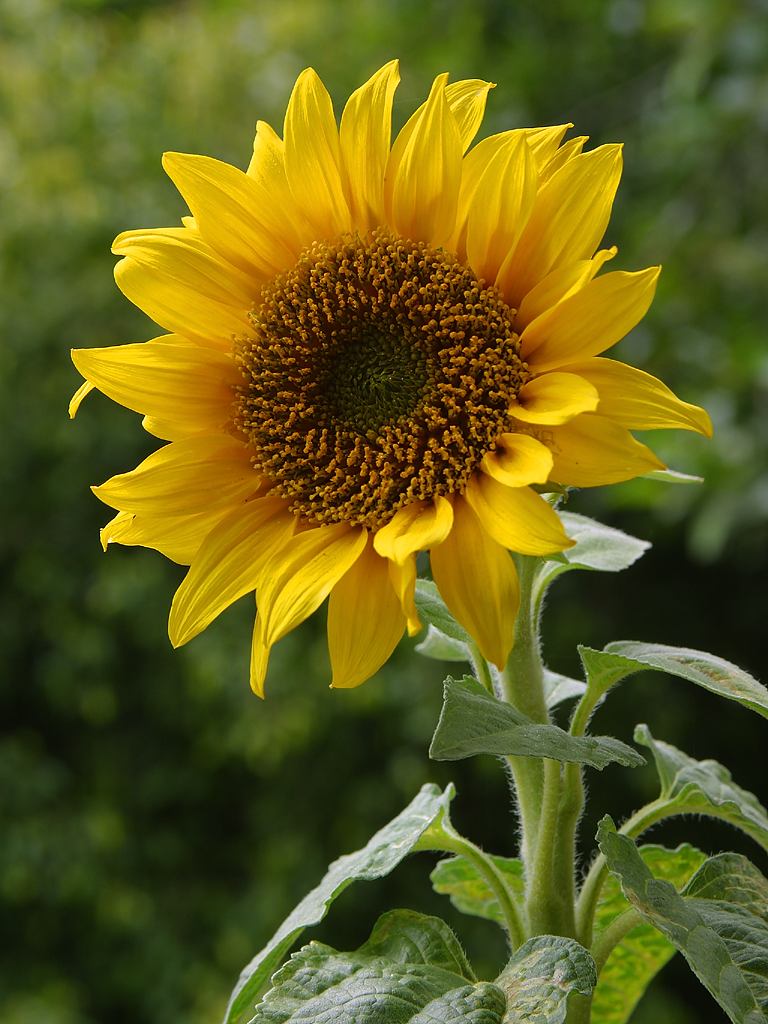By Desy Susilawati
According to WHO data in 2005.75 to 80 percent of the world ever using herbs.
Treatment with herbs has been done by the people of Indonesia for centuries and passed down from generation to generation. Currently, treatment with medicinal plants utilizing more and more done, also the medical community.
Chairman of the Indonesian Medical Association Physician Herbal (PDHMI), dr Hardhi Pranata, explaining in general terms of medical herbs is the branch of medicine that utilizes the classic herbs, which have been scientifically tested, which is used in an effort to promo-tif-preventive-curative rehabilitative, by referring on clinical evidence (evidence-based medicine).
While the classic herb is knowledge derived from natural herbs, plants, animals and minerals, which have been tested many times and thrive in society as a tradition, passed down from one generation to another generation.
The same thing is said Ir Kristanto Santosa of Bussiness Innovation Centre (BIC). Herbal medicines (herbal medicine) is the ingredient or ingredients made from whole grains, fruits, tubers, roots, leaves, stems or flowers of plants, which are used to treat and prevent disease. Herbal remedies currently used outside the medical profession.
herbalism
There are a variety of herbs. Hardhi explain, today there are 40 thousand species of plants. In the world. From these data, mostly from Indonesia, or about 30 thousand species, 9600 and about 400 medicinal species used as traditional medicine.
"WHO data (2005) mentions, as much as 75-80 percent of world population uses herbal ever," said Hardhi at the seminar and Herbal Expo in Jakarta, some time ago. Unfortunately, continued Hardhi, to date research on herbal Indonesia limited the scope of laboratory, preclinical. Clinical trials have not been widely applied. Until now there are only five phytopharmaca. In fact, the natural resources that are available in abundance.
CEO of PT Mustika Ratu Tbk, Princess K Wardani confirm that Indonesia has the potential of natural resources is high. As many as 80 percent efficacious medicinal plants grown in mainland Indonesia. Indonesia came second with 40,000 species of Brazilian plants. Of that number, 7,500 is nutritious plants, 1845 species have been inventoried, 940 species have been identified, and 283 species listed in the POM as a medicinal. "When digabungspesies land and sea, Indonesia number one in the world." Princess continued.
Hardhi further explained, the herb is used for action promotive, preventive, rehabilitative, and palliative. As for curative herbs only as a supporter. According to him, there are various herbs that have the potential to be used by physicians, including the immunomodulatory herbs that can boost immunity, among others meniran, aloe vera, bitter, and ginger.
Increase
Prof. Sidik of the Faculty of Pharmacy, University of Padjadjaran, adding examples of nutritious plants as medicine include ginger, mangosteen, rosella, and others. Indonesia has long recognized the public-ginger from the empirical so conventional medicine. Wild Ginger can treat liver diseases, liver for the kids, antiplatelet aggregation, the addition of appetite and even anti rupiah teeth.
Currently, more Hardhi, the public interest in using herbs continue to increase based on the concept of back to nature. Indonesia natural drug market continues to increase. In 2003, reached Rp 2.5 trillion, in 2005 amounting to Rp 4 trillion, and in 2010 an estimated Rp 8 trillion.
Strengthens, Secretary Director General of Medical Services Ministry of Health, Dr. Sutoto said, based on data Susenas results, the use of herbal medicines increased from year to year. In 1980, approximately 19.8 percent, in 1986 as much as 23.3 percent, and in 2004 approximately 32.8 percent. "In 2010 this increase even more," he said.
Director of Original Indonesian National Agency of Drug Management of Drug and Food Control (BPOM), dr Sheriey, argued, the tendency of the use of natural medicine (herbal) by the public to maintain good health and to treat a disease tends to increase, both in developing countries, as well as in developed countries .
The rapid development of science and technology lead to changes in people's behavior and shifting patterns of infectious diseases to degenerative diseases. Various studies support the use of herbal medicines. "The development of natural medicine Indonesia must be based on quality, efficacy, and safety that can be justified scientifically accountable and can be used to improve public health, said Sheriey.












